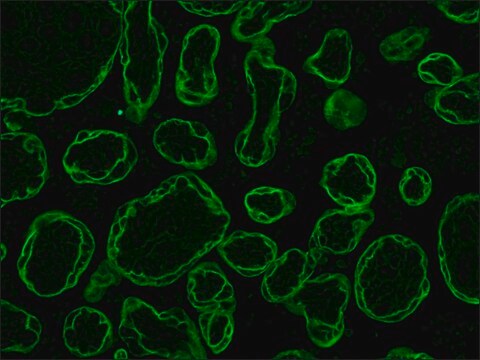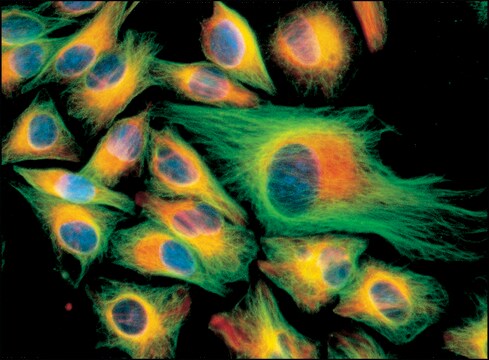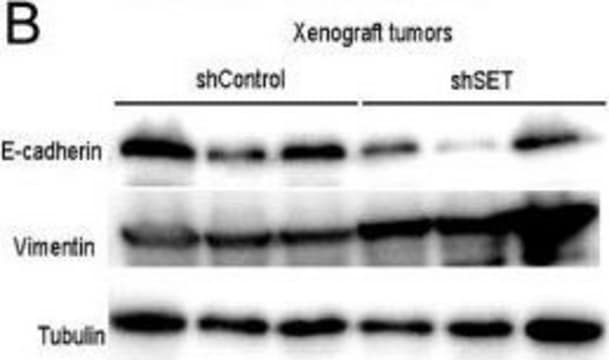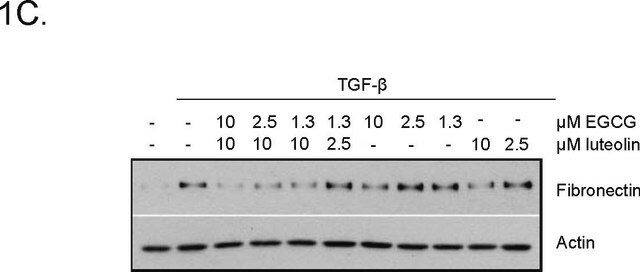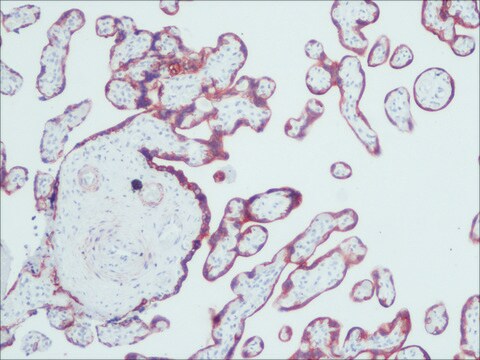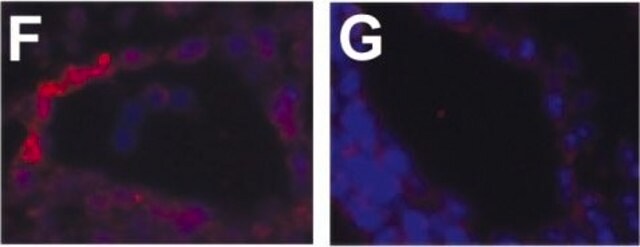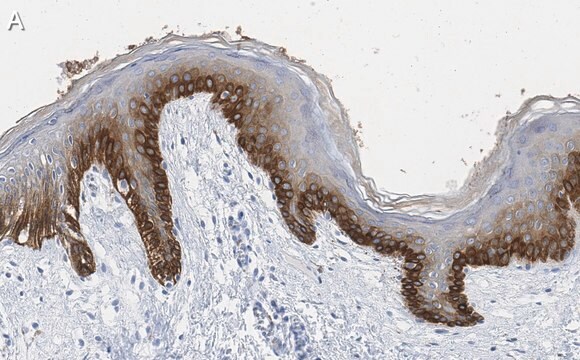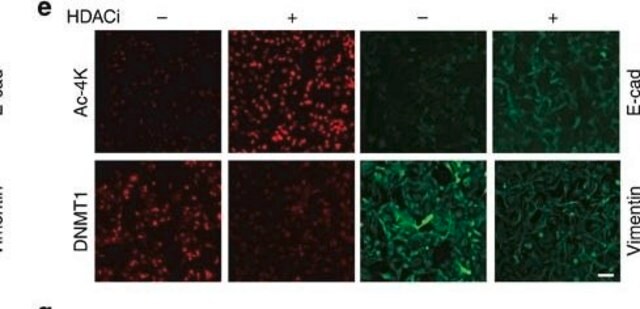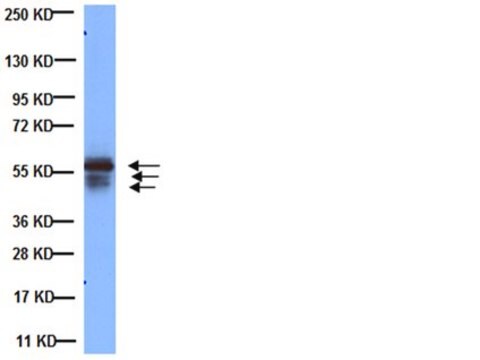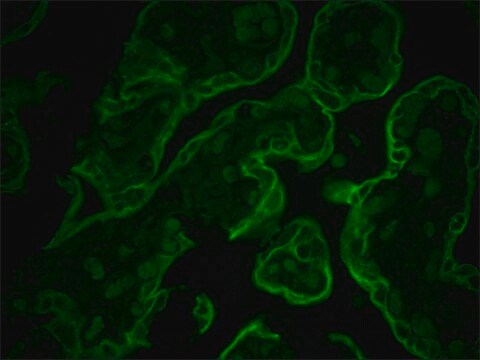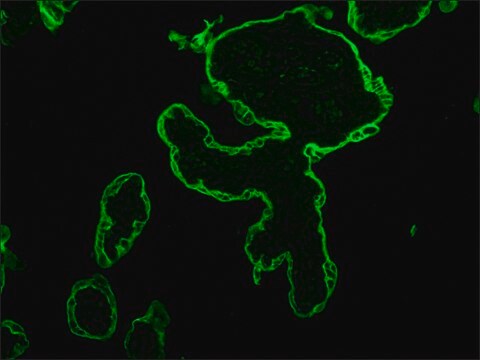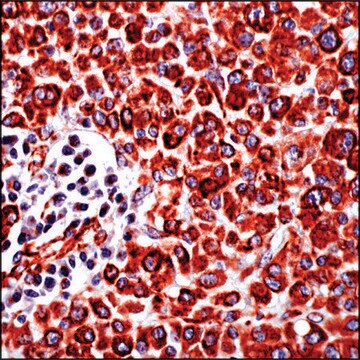C2562
Monoclonal Anti-Cytokeratin, pan (Mixture) antibody produced in mouse
clone C-11+PCK-26+CY-90+KS-1A3+M20+A53-B/A2, ascites fluid
Synonim(y):
Przeciwciało Panck, Przeciwciało Panck - monoklonalne przeciwciało przeciwko cytokeratynie, pan (mieszanina) wytwarzane u myszy
About This Item
Polecane produkty
pochodzenie biologiczne
mouse
białko sprzężone
unconjugated
forma przeciwciała
ascites fluid
rodzaj przeciwciała
primary antibodies
klon
C-11+PCK-26+CY-90+KS-1A3+M20+A53-B/A2, monoclonal
zawiera
7% horse serum and 15 mM sodium azide as preservative
reaktywność gatunkowa
wide range
metody
immunohistochemistry (formalin-fixed, paraffin-embedded sections): suitable using protease-digested sections of human or animal tissues
immunohistochemistry (frozen sections): suitable
indirect immunofluorescence: 1:100 using protease-digested, formalin-fixed, paraffin-embedded sections of human or animal tissues
western blot: suitable
izotyp
IgG1/IgG2a
Warunki transportu
dry ice
temp. przechowywania
−20°C
docelowa modyfikacja potranslacyjna
unmodified
Szukasz podobnych produktów? Odwiedź Przewodnik dotyczący porównywania produktów
Opis ogólny
Specyficzność
Immunogen
Zastosowanie
- Immunohistochemistry (formalin-fixed, paraffin-embedded sections) using protease-digested sections of human or animal tissues.
- Immunohistochemistry (frozen sections).
- Indirect immunofluorescence (at a working dilution of 1:100 using protease-digested, formalin-fixed, paraffin-embedded sections of human or animal tissues).
- Immunocytochemical labeling (immunofluorescence ) of cells.
- Western blotting.
Działania biochem./fizjol.
Oświadczenie o zrzeczeniu się odpowiedzialności
Nie możesz znaleźć właściwego produktu?
Wypróbuj nasz Narzędzie selektora produktów.
polecane
Kod klasy składowania
10 - Combustible liquids
Klasa zagrożenia wodnego (WGK)
WGK 3
Wybierz jedną z najnowszych wersji:
Masz już ten produkt?
Dokumenty związane z niedawno zakupionymi produktami zostały zamieszczone w Bibliotece dokumentów.
Klienci oglądali również te produkty
Nasz zespół naukowców ma doświadczenie we wszystkich obszarach badań, w tym w naukach przyrodniczych, materiałoznawstwie, syntezie chemicznej, chromatografii, analityce i wielu innych dziedzinach.
Skontaktuj się z zespołem ds. pomocy technicznej